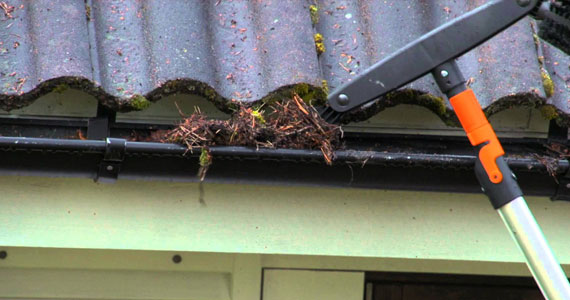No, Muddy Yards is not a ‘60’s folk singer and his band.
For many, a muddy yard is an annual springtime event. Some truly unlucky homeowners have muddy yards every time it rains. Laying down boards to walk across, scattering hay, or avoiding the area altogether are not the only options.
Muddy yards can be unsightly and detract from your beautiful landscape. Your children can’t play on them, or rather, you don’t want them to play on them―they, however, would be happy to play in all that mud! Muddy yards are difficult to mow or landscape, and if the muddy area is close to your home, you may find leakage or water damage to your foundation.
Before you can fix the problem, you need to find the culprit. Determine where the most water is collecting. Is it near or around the edges of your house where water comes off the roof? In the middle of your yard in a sloping or flat area? Is it in a shady area?
Once you’ve assessed your problem, you can take the right steps to fix it.
Aerate your lawn. Aerating your lawn brings many benefits. It allows for water, as well as nutrients, to be absorbed better by the soil. Soil can become compacted, especially in high traffic areas, and aeration helps to loosen the soil so the grass can stretch their roots and create healthier grass.
Dethatch your lawn. Thatch is the layer of dead grass and debris that builds up over the winter months. If too much builds up, it can prevent water from getting to the roots, giving the rain nowhere to go. Each spring, thatch should be removed with a thorough raking.
Let in the light. Shady areas can become muddy simply because there isn’t enough sunlight to dry them. Consider removing shade trees or shrubs or planting shade-tolerant grass there.
Mulch. Depending on where your pooling area is, you may want to think about removing grass and putting mulch there instead. It absorbs water, provides nutrients to the soil and can really beautify your landscape.
Clean your gutters. Have your gutters cleaned and inspected for damage. When debris collects in them, it can cause waterfalls off your roof and flooding around your foundation. Damage from the harsh winter months can cause leaks as well.
Check your downspouts. Make sure your downspouts span far enough away from your house and lawn that they are directly water flow into a pond or ditch instead of your lawn or foundation.
Install a French drain. Dig a small trench that leads to a ditch or pond and fill the sides with gravel to keep the sides from eroding or collapsing.
Regrade your yard. This solution may be drastic, but it may be required if other solutions fail. A poorly graded yard can cause large areas of pooling or muddiness. You may be able to simply add soil to create a better slope, but larger areas may need to be regraded.
At GutterPros, we can clean and inspect your gutters to ensure that they’re not the cause of your muddy yard problem. With the right spring fix, your yard can be dry, healthy, and free of mud, much to your children’s disappointment!

